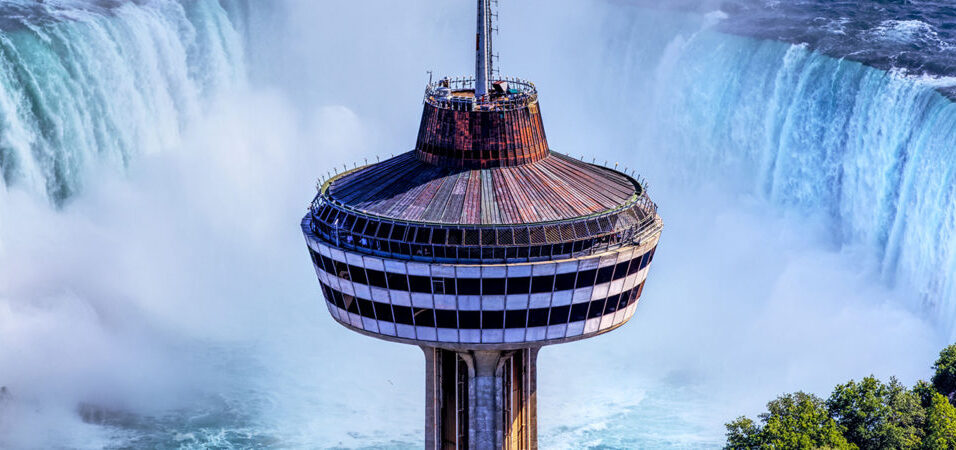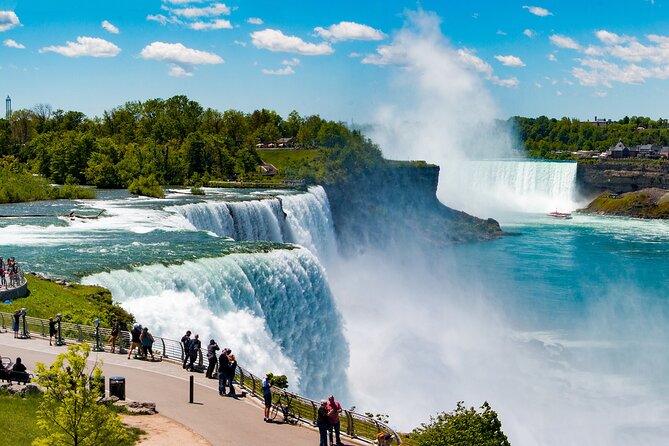Karnaprayag
Karnaprayag is the third or middle Panch Prayag in Dev Bhoomi Uttarakhand India, located in Chamoli district and 788 meters above sea level. Karnaprayag is the confluence of the Alakhananda and Pindar rivers, as well as the municipal board of Chamoli district, which connects the Garhwal and Kumaun regions.
Karnaprayag is named after Karna, the son of Suryadev (the Sun God) and Kunti (the mother of the Pandavas, heroes of the Hindu holy epic Mahabharata). It is believed that Karna meditated to satisfy the Sun God at the confluence of the Alakhananda and Pindar rivers before being blessed with the impregnable shield known as Kavach and Kundal (armour and ear rings).
Karnaprayag Tourism
Karnaprayag is one of the most popular attractions in Dev Bhoomi Uttarakhand. The pilgrimage site, which is well-known among Char Dham pilgrims and other religious tourists, is also popular with nature lovers, trekkers, and adventurers due to its natural beauty. char dham yatra The Pindar River, which flows rapidly from the Pindar Glacier, and the placid Alakhananda meet at Karnaprayag, surprising tourists with the placid flow that Alakhananda retains. The gushing Pindari merges with the flow of Alakhananda, even losing her name.
Tourists in Karnaprayag are enchanted by the breathtaking view of the tall snow-capped Himalayas, which appear to touch the sky and fascinate visitors with their beauty. The panoramic view of the Himalayas and their spread enthralled the tourists.
Do you want to visit Char Dham? Char Dham Travel Agent is the best place to plan your Char Dham tour. You can book the tour from here.
Religious tourists pay devotional visits to Uma and Karna temples. Uma is another name for Goddess Parvati.
Karnaprayag is also a municipal board and city in Chamoli district, with a well-developed market area to entertain tourists. Tourists can purchase gifts for their loved ones as well as personal memoirs. Outsiders can also walk around the city and relax in a nice hotel. There are plenty of hotels where visitors can stay and eat well. Karnaprayag is a rest stop for pilgrims and tourists visiting Badrinath, one of Char Dham’s four pilgrimage sites.
Legend of Karnaprayag.
The legend of Karnaprayag is based on the legend of Panch Prayag, which was formed by tributaries of the holy river Ganga in Dev Bhoomi, Uttarakhand, India. King Bhagirath’s ancestors (father and uncles numbering in the thousands) were cursed by sage Kapil and turned into ashes. They accused the meditating sage of stealing their horse, which had been prepared for sacrifice during King Sagar’s Aswamedh Yagya ceremony. King Sagar is the grandfather of King Bhagirath. Furious sage Kapil, who had previously been unaware that a thief had tied the horse by his side to escape Bhagirath’s ancestors, cursed and turned them to ashes. When King Bhagirath realized his ancestors’ past, he went to meet sage Kapil and asked him how he could perform the last rites for his father and uncles.
Would you like to visit Indiar? A tour operator in India is the best place to plan your tour. You can book a tour from here.
Sage Kapil advised him to call Ganga to remove the ashes and thus free them. For years, King Bhagirath prayed to the goddess Ganga to come down to earth and swipe away his ancestors’ ashes, freeing them from their sins and relieving him of the Pitri Rin (loan to be paid to ancestors).Goddess Ganga accepted the request and asked Lord Shiva to bear her force so that the earth could cope. Lord Shiva agreed to Ganga’s request and sat on earth to land her through his Jata (hair locks). While falling to earth, the river goddess Ganga divided into 12 streams (tributaries) to help the earth withstand her force. Panch Prayag are the locations where five different Ganga tributaries meet at five different points. Alakhananda meets Dhauli Ganga in Vishnuprayag, then meets the Nandakini River and forms Nandprayag. She now moves on to form Karnaprayag, which joins the Pindar River, then meets the Mandakini River to form Rudraprayag, and finally Alakhananda mixes with the Bhagirathi River to form Devprayag, the last of the five prayags.
The name “Karnaprayag”
Karnaprayag is named after Karna, the son of Suryadev (the Sun God) and Kunti (the mother of the Pandavas, the heroes of the Hindu holy epic Mahabharata). Karna is Kunti’s first child, whom she gave birth to as a virgin mother while chanting the mantra given by Rishi (sage) Durbasa as a test. The Sun god appeared and offered Kunti their son Karna, despite the fact that she was unprepared to bear the child. Thus Kunti abandoned the newborn baby on the banks of the holy Ganga at Surya Kund, near the Yogdhyan Badri temple in Pandukeshwar.
A couple adopted a baby boy, who grew into a warrior with unrivaled arrow skills. Another Mahabharata hero, Karna, meditated at the confluence of the char dham yatra tour operators Alakhananda and Pindar rivers, pleading with Suryadev to offer him something that would protect him for the rest of his life. Suryadev, pleased with his son’s meditation, appeared before Karna and offered him Kavach and Kundal (armour and ear rings) – the impregnable shield.
Would you like to visit Haridwar? Travel agents in Haridwar are the best place to plan your trip. You can book your tour right here.
According to legend, Kunti prayed to the Sun God to give their son something that would protect him for the rest of his life because she did not want Karna to be a victim of anything, but she could not provide protection as a mother because she was still a young unmarried girl. Suryadev accepted and provided the impregnable shield, naming the child Karna. Karna was a Sun God devotee in his youth, but it took him years to realize he was the Sun’s son.
Significance of Karnaprayag
Karnaprayag’s significance lies in the meditative vibes it exudes. Karnaprayag is an ideal place to practice spiritualism and meditate due to its pleasant weather, fascinating beauty of the surroundings, and positive vibrations around the Karnaprayag temple, the holy confluence, and other nearby locations. Swami Vivekananda meditated in Karnaprayag for 18 days, along with many others.
The ancient temples of Uma and Karna hold great importance among the people of Garhwal and Kumaun. Pilgrims visit these temples and the holy confluence Karnaprayag all year with great devotion and faith. Most Hindu devotees perform shradha (last rites of their ancestors) at the prayag (confluence) and pooja (worship) at the temple.
Best Time to Visit Karnaprayag
Tourists can visit Karnaprayag at any time of year, excluding the monsoon months of July, August, and September. Monsoon season will be enjoyable due to the green vegetation and profound natural beauty, but heavy rainfall may cause the route to become muddy. In the winter, tourists can play in the snow and enjoy the spectacular scenery. travel agents in haridwar One should be well prepared with the necessary items for the time and weather in which he or she is traveling; otherwise, the winter cold or monsoon rain may ruin the entire plan.
How to reach to Karnaprayag?
By Air: Jolly Grant Airport Dehradun is the nearest airport, located 187 kilometers from Karnaprayag via Rishikesh-Devprayag-Rudraprayag.
By Rail: The nearest railhead is Rishikesh, 171 kilometers from Karnaprayag, while Haridwar, 195 kilometers away, is a larger railway station. There are buses and taxis available between Rishikesh and Karnaprayag.
By road: Karnaprayag is well connected by road to all major cities in Uttarakhand, including Nainital, Almora, Srinagar, Haridwar, Rishikesh, Dehradun, Devprayag, Rudraprayag, Joshimath, and other towns. Rishikesh is 174 kilometers, Haridwar is 193, Dehradun is 213 kilometers, and Delhi is 402 kilometers from Karnaprayag.
Places Near Karnaprayag
Nauti Village (Nanda Devi Temple): Nauti is the starting point for Uttarakhand’s famous Nanda Devi Raj Jat fair. Devi Nanda, the daughter of Dakshyaprajapati, is believed to have been born in Nauti village. The Nanda Devi temple is dedicated to the goddess Nanda, who is revered and worshipped as the daughter and deity of the Kumaun region.






